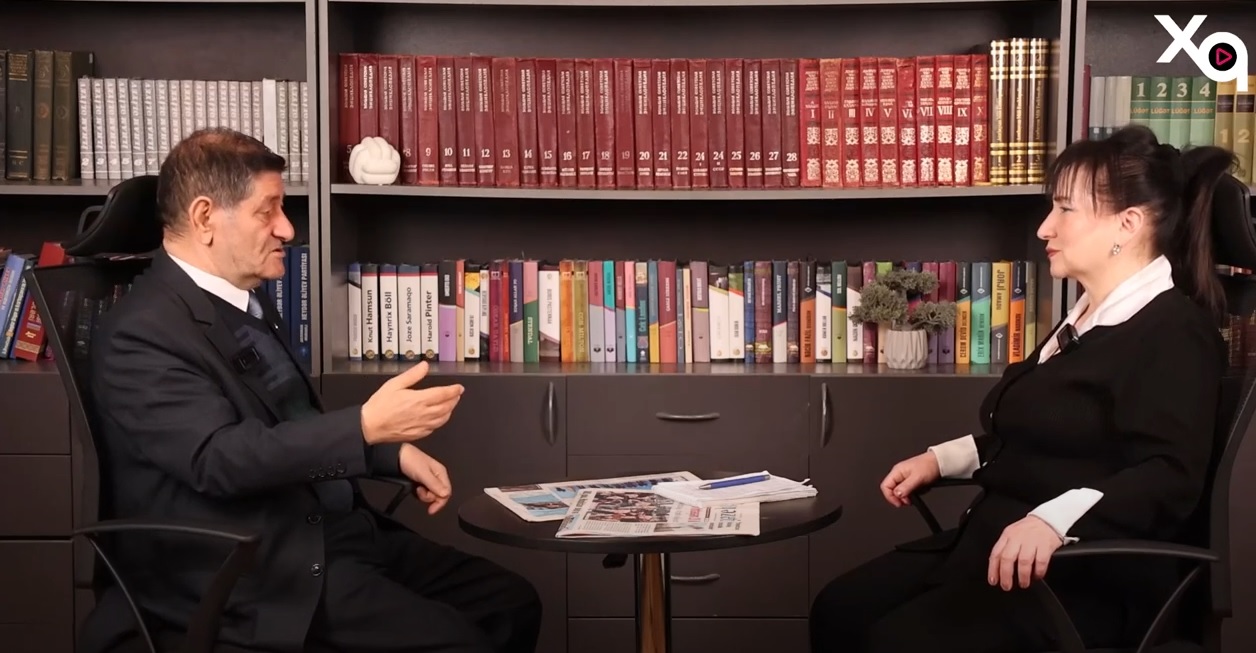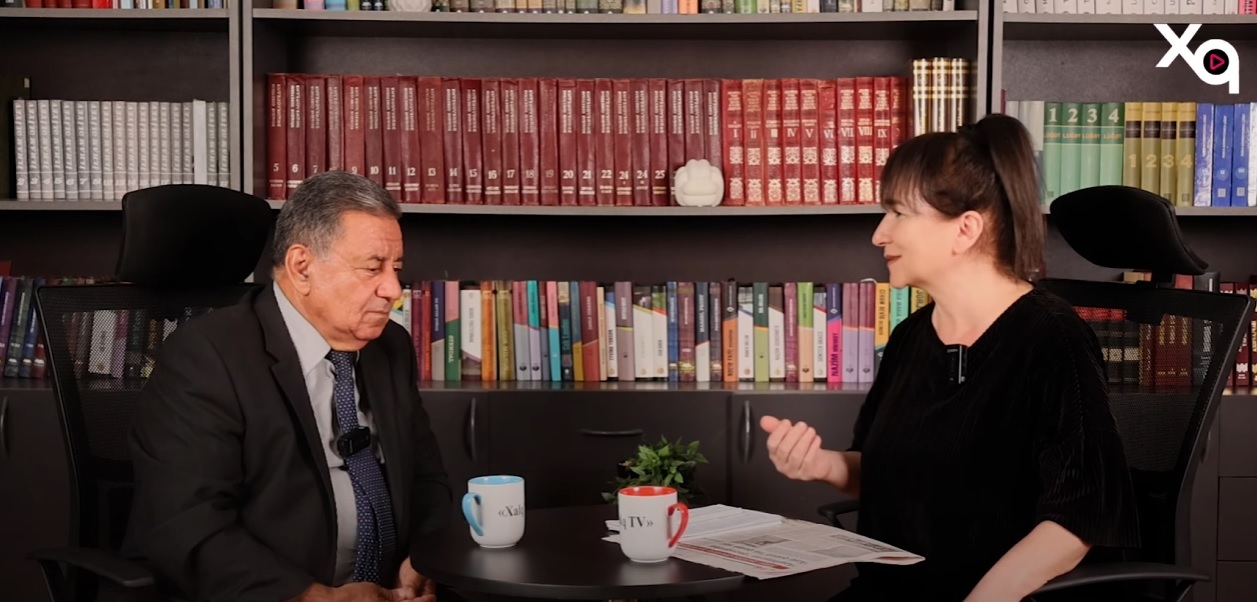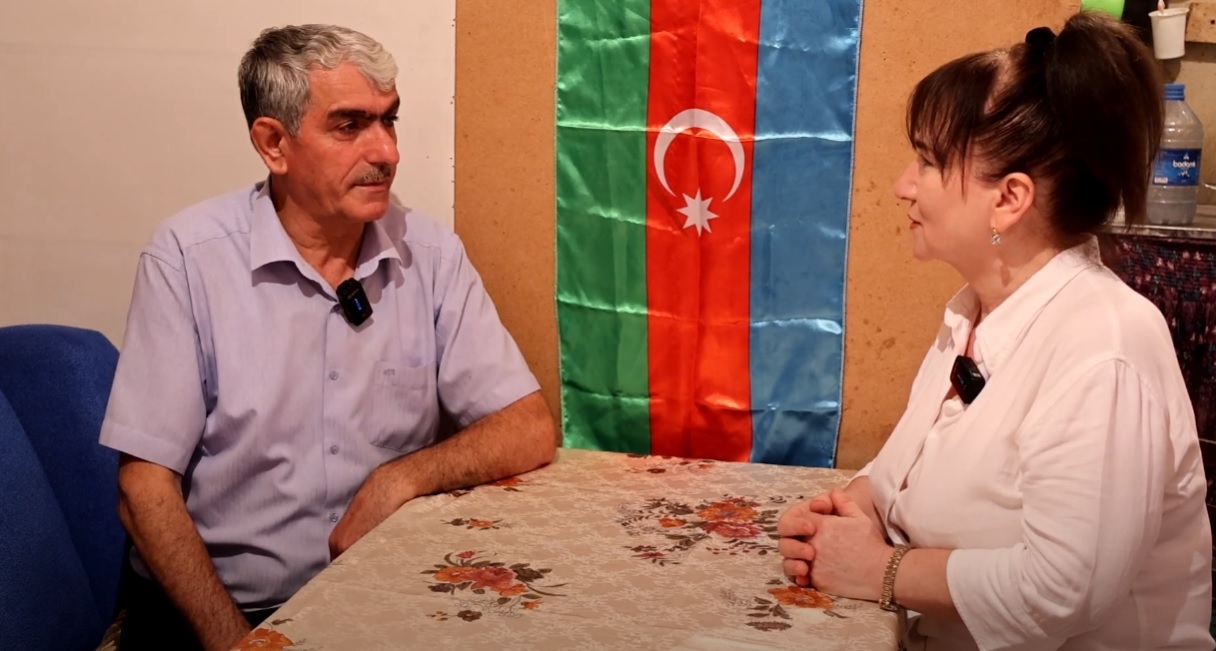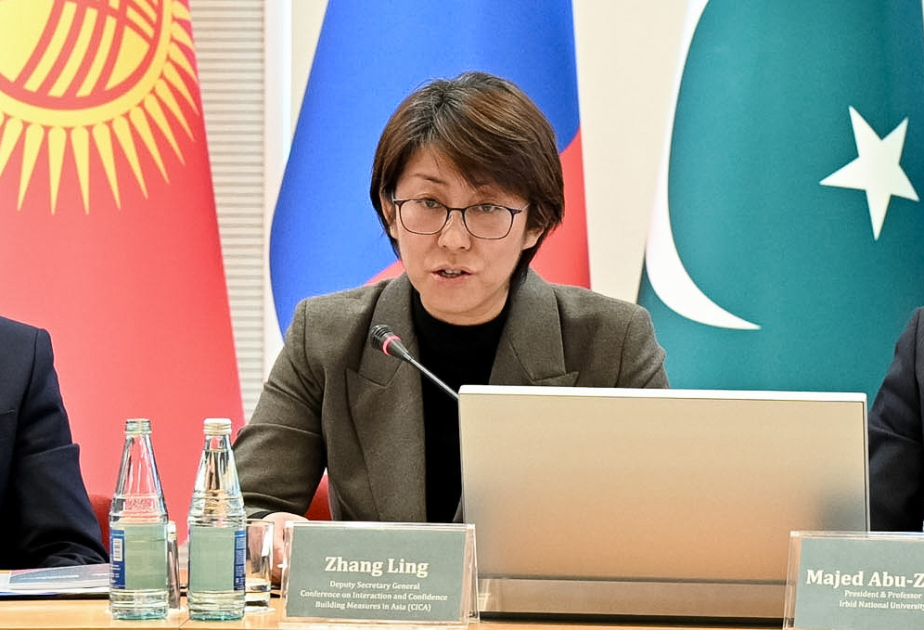By JOANIE MARGULIES
Known as the Be’er Shema (Birsama) mosaic, it stands out as one of the most impressive ancient mosaics found in southern Israel.
A breathtaking mosaic dating back approximately 1,600 years has been unveiled to the public for the first time in Israel’s Western Negev, the Israel Antiquities Authority (IAA) announced on Tuesday. Discovered over 30 years ago near Kibbutz Urim, close to the Gaza Strip, this remarkable mosaic is now on display at the Merhavim Regional Council headquarters after undergoing meticulous conservation work.
Known as the Be’er Shema (Birsama) mosaic, it stands out as one of the most impressive ancient mosaics found in southern Israel. The colorful artwork features 55 intricately designed medallions depicting a variety of motifs, including hunting scenes, animals, mythological figures, baskets of fruit, and everyday life during the Byzantine period from 324–638 CE.
The mosaic was originally uncovered in 1990 during archaeological excavations near the site of Khirbat Be’er Shema by IAA archaeologists Dan Gazit and Shaike Lender. It once formed the floor of a large monastery complex sustained by wine production.
Excavations revealed a sizable winepress and storage facilities, suggesting the monastery was part of a settlement that served as a protective stopover along an ancient Nabataean-Roman spice trade route connecting Halutza in the Negev to the port of Gaza.
“For decades, the mosaic was left exposed and gradually deteriorated,” explained Lender, who emphasized the artistry of the piece. “It was clearly made by a master craftsman, combining tiny mosaic stones with glass and pottery to create vibrant colors and intricate details.”
In recent months, the mosaic underwent careful conservation through a joint effort by the IAA and the Ministry of Heritage as part of the “Antiquities Right at Home” initiative. It was then relocated to the protected environment of the Merhavim Regional Council complex, where it is now accessible to visitors.
The official unveiling ceremony took place on Sunday, May 25, attended by Heritage Minister Amichai Eliyahu, Merhavim Regional Council Head Shai Hajaj, and IAA Director Eli Escusido. The event also included local school students and community members who participated in archaeological workshops, creative activities, and tree planting, celebrating the region’s rich history.
Making cultural treasures accessible to the public, particularly the Gaza border communities
Escusido highlighted the importance of the project in making cultural treasures accessible to the public, particularly in the Gaza border communities. “This site will serve as an open archaeological garden with explanatory signage and visitor facilities, drawing attention to a vital area in Israel’s South.”
Hajaj noted, “This mosaic is a living testament to life in the Negev 1,500 years ago. It will become a focal point for education and tourism, connecting our past with the present and future.”
Visitors are now invited to admire this rare and vibrant piece of Israel’s ancient heritage, preserved and celebrated in the heart of the western Negev.


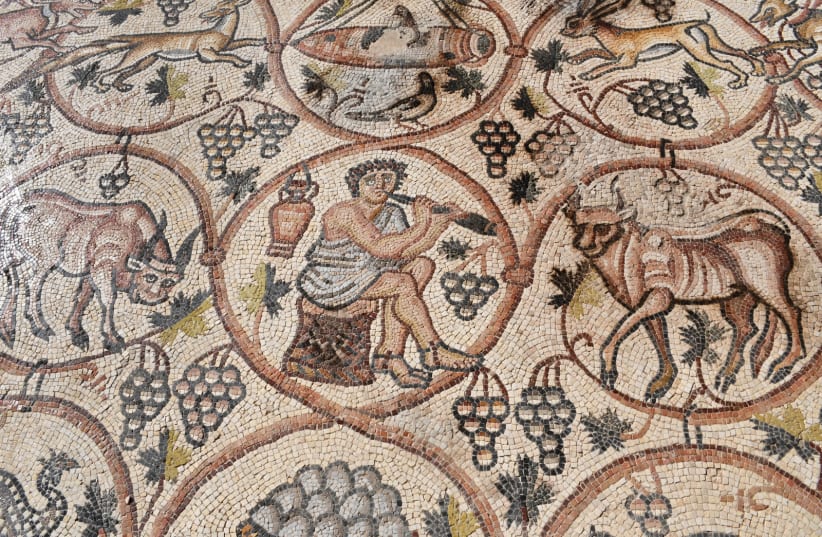
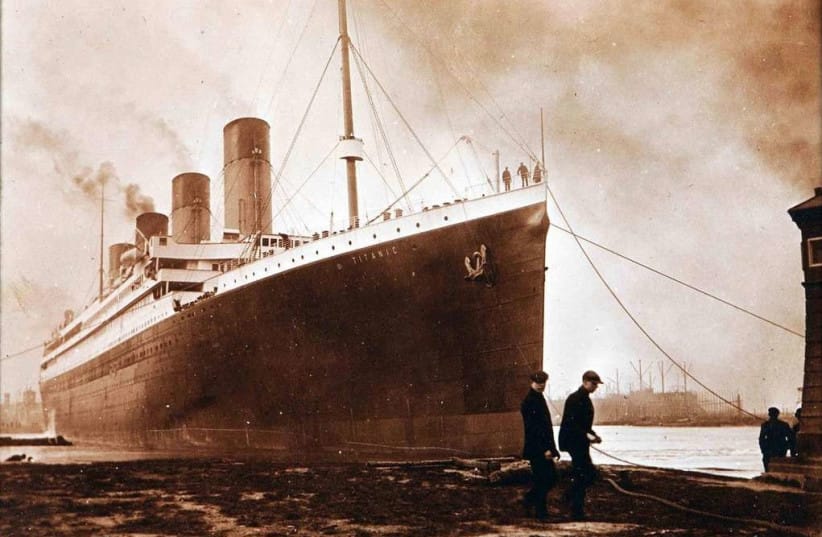
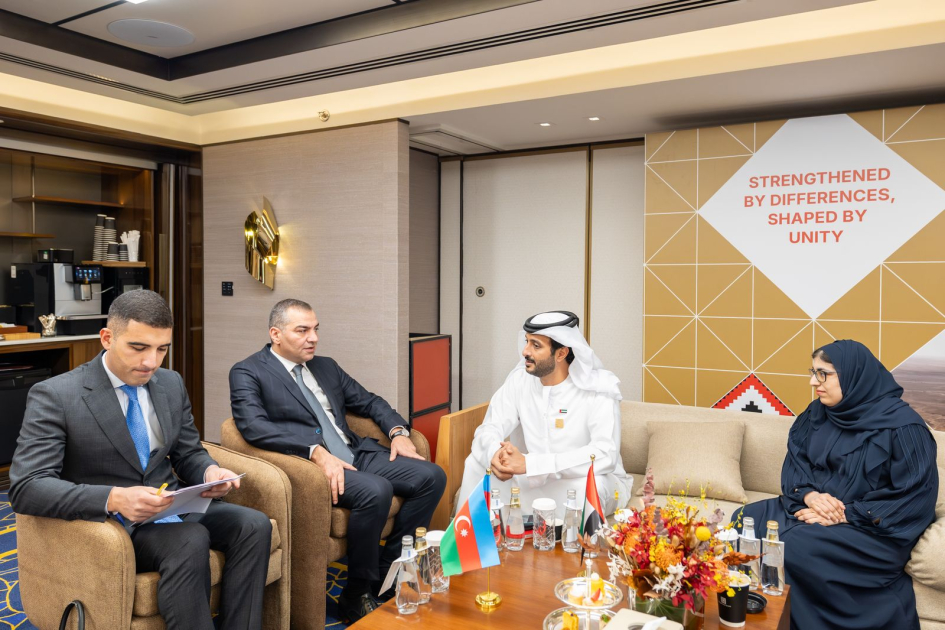
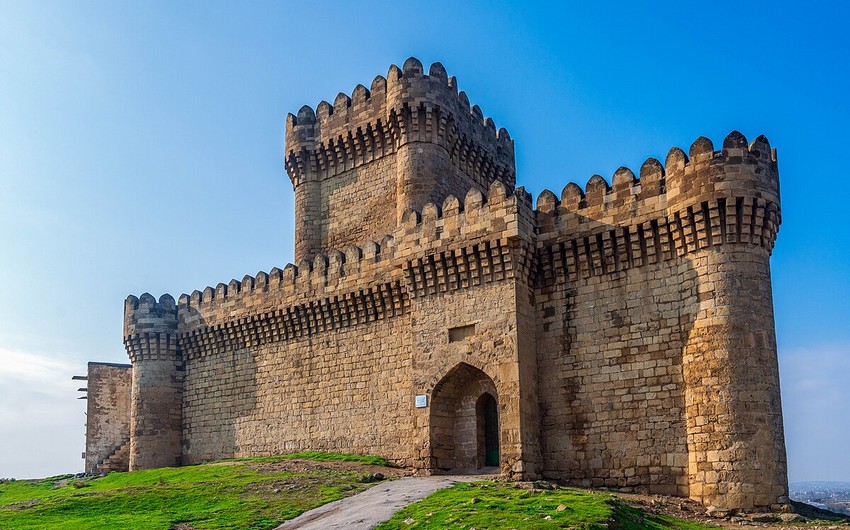
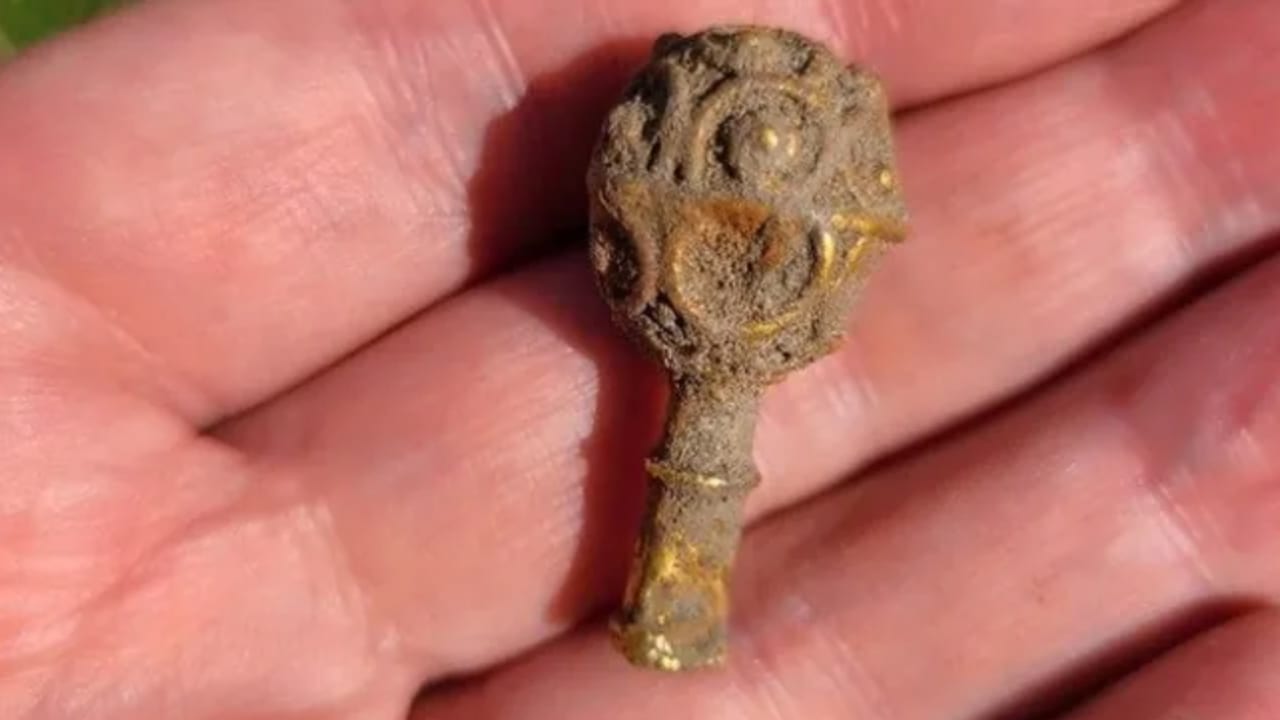
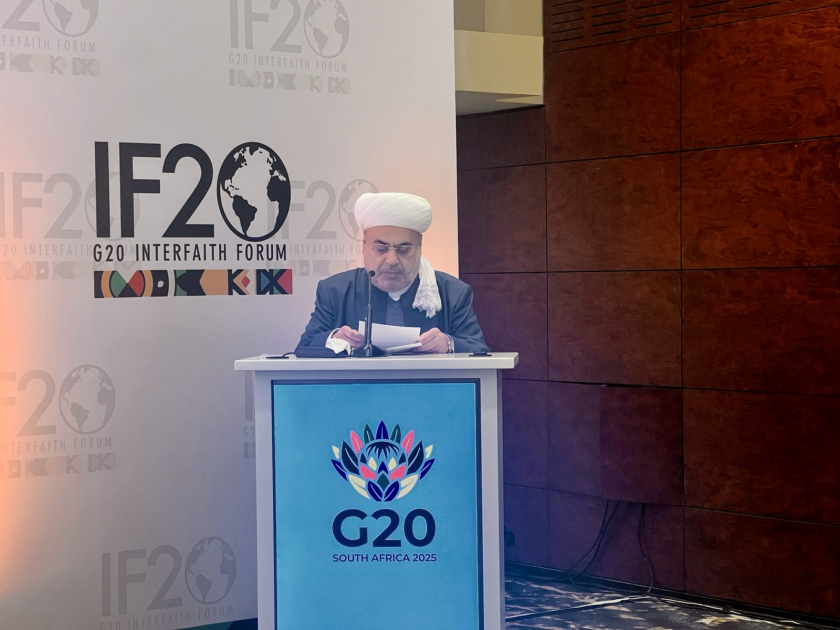
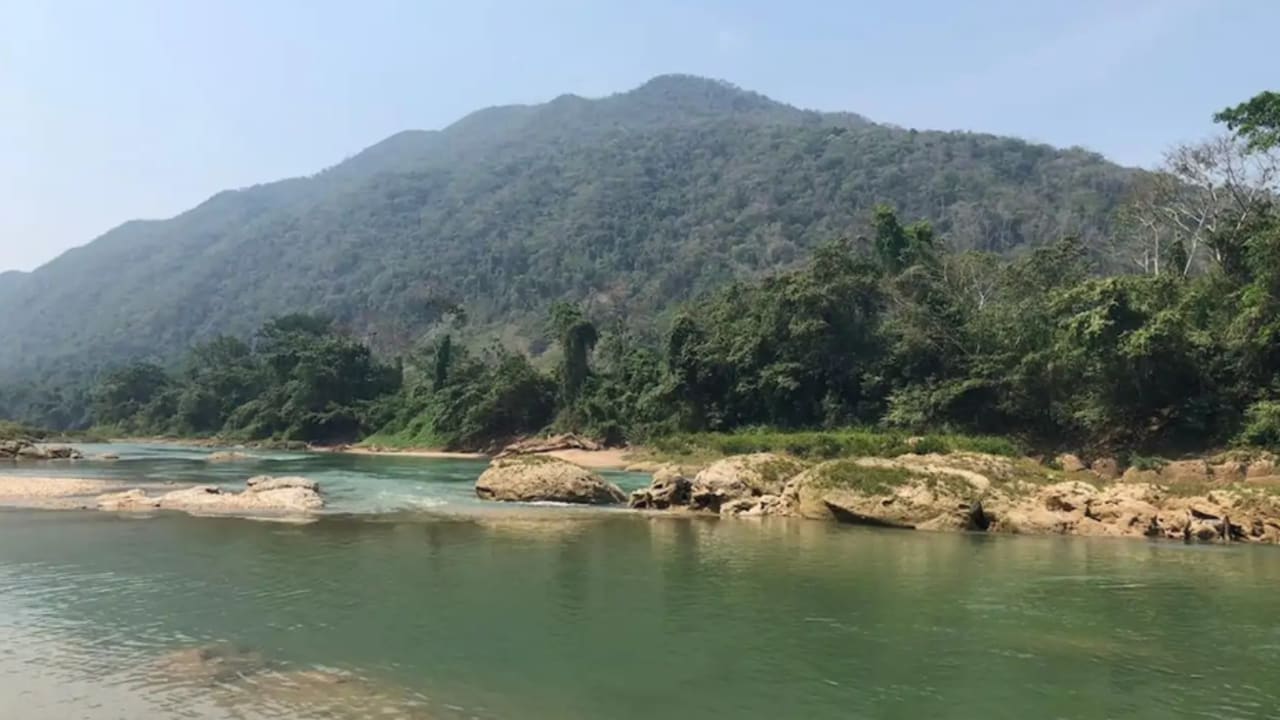
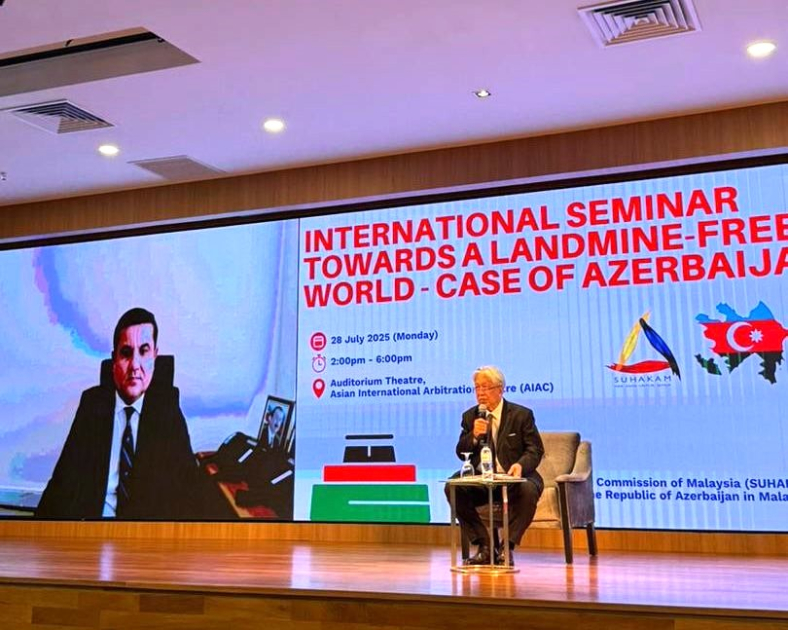

.jpg)
